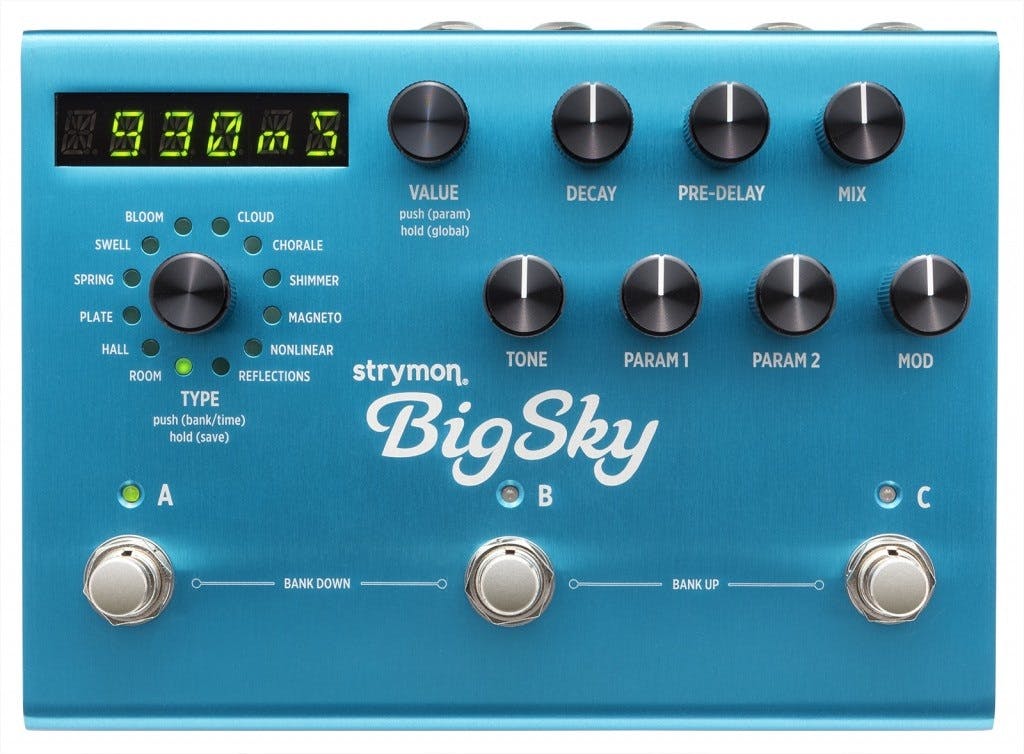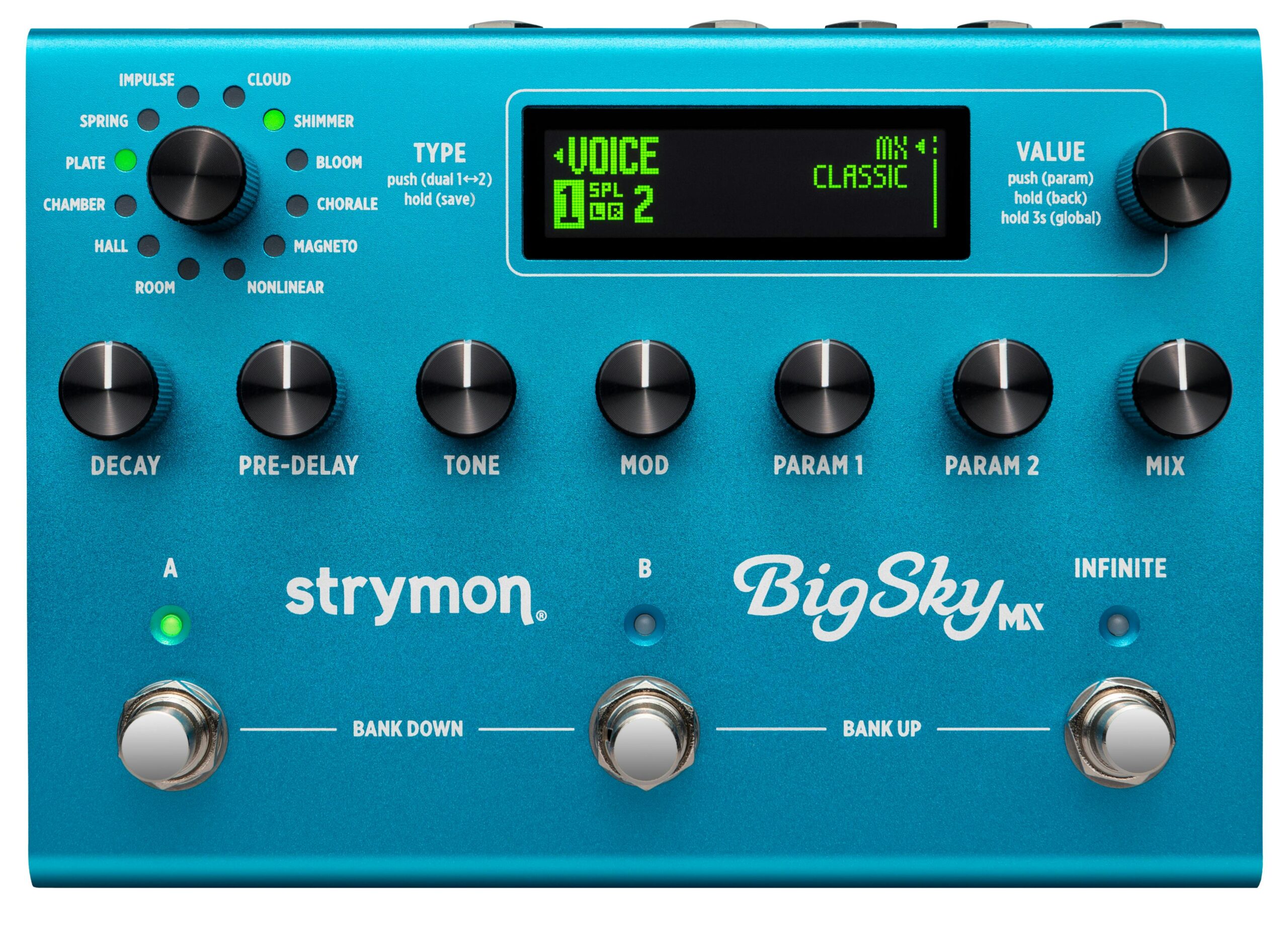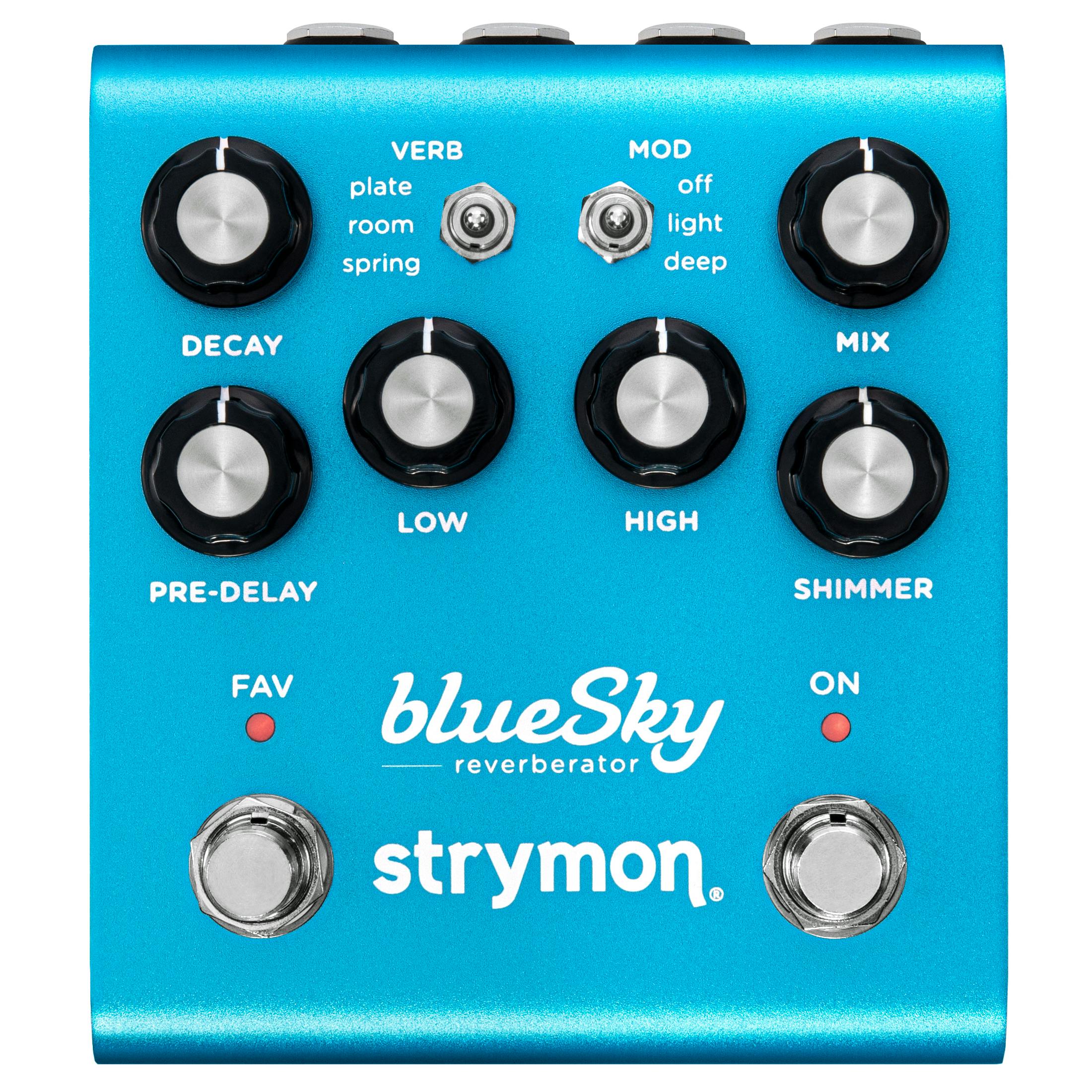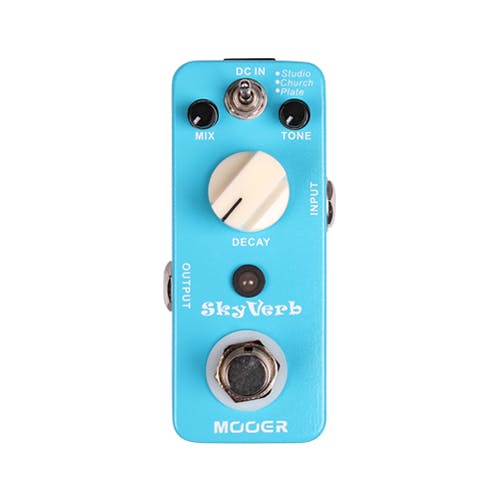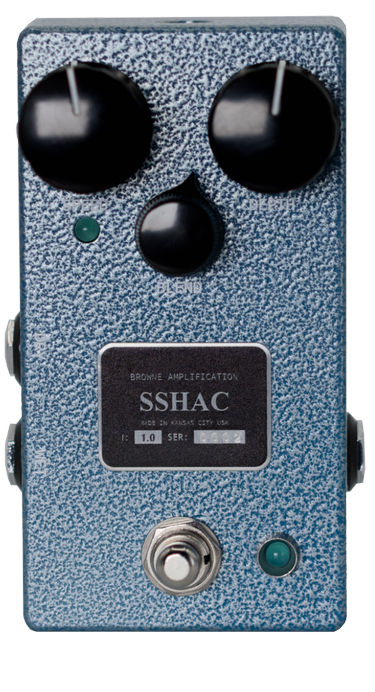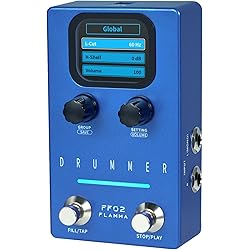Just – Guitar Effect Pedal Videos – Ghost Riders in the Sky – pedal steel guitar
Just – Guitar Effect Pedal Vids – Ghost Riders in the Sky – pedal steel guitar
Valeton Guitar Pedal Multi-Effects Processor with Expression Pedal Guitar Bass Amp Modeling IR Cabinets Simulation Multi Language Stereo OTG USB Audio Interface GP-100
£108.99
140 Built-in Guitar/Bass/Acoustic Effects with 45 Legendary Amp Models and 40 carefully selected IR Cabinet Simulations, 24-bit 44.1kHz Signal Processing 100 Built-in Drum Rhythms and 90 Seconds Looper, 198 Presets, Adjustable Signal Chain with Maxim… read more
JOYO Distortion Pedal R Series Heavy Metal Dist Between American and British for Electric Guitar Effect (UZI R-03)
£39.99
JOYO UZI distortion pedal, designed for heavy metal, it's characterized by High-Gain. with a "BIAS" knob, switch easily between American Distortion and British Distortion. "GAIN" Knob and "VOLUME" Knob, both are of dynamic balance, adjust the "GAIN" … read more
LEKATO Guitar Loop Effect Pedal 5 Minutes Unlimited Overdub Recording Time Guitar Looper Electric Loop Pedel Station for Guitars & Bass Keyboard Musical Instruments
£39.99
★ SOLID CONSTRUCTION : The loop station is ultra simple design and super mini size, made of aluminum alloy, very convenient and durable. Let you out to show there is no burden. Enjoy your own fun and colorful life. ★ UNCOMPRESSED AUDIO: The looper pr… read more
FLAMMA FF02 Drum Machine Guitar Pedal – 121 Drum Grooves, 11 Music Genres, Tap Tempo, Customizable Rhythms, Stereo I/O for Live & Studio Use
£69.99 £65.99
121 Drum Grooves for Guitarists: Offers 121 rhythms in 11 styles (rock, jazz, blues, metal, funk), making it a versatile drum machine for guitar and an essential rhythm pedal for practice and performance Save and Customize Rhythms: Provides 66 slots … read more
SONICAKE Pocket Master Guitar Bass Amp Modeling IR Cabinets Simulation Multi-Effects with Stereo OTG USB Audio Interface BT Audio 1.77″ LCD Color Screen Black
£49.99
White-Box Digital Modeling Technology Delivering Organic Living Tone, 3rd Party IR Support (5 User Slots) for creating Custom Unique Sounds 100+ Built-in Guitar/Bass/Acoustic Effects with 20 Legendary Amp Models, 24-bit 44.1kHz Signal Processing 99 B… read more
Behringer COMPRESSOR/SUSTAINER CS400 Ultimate Dynamics Effects Pedal, Green
£24.90
Smooth, Consistent Tone: Compress dynamic range by softening peaks and boosting quieter signals, ensuring every note maintains steady, velvety sustain Precise Control: Dial in the perfect compression with dedicated Attack, Sustain, Level, and Tone co… read more

